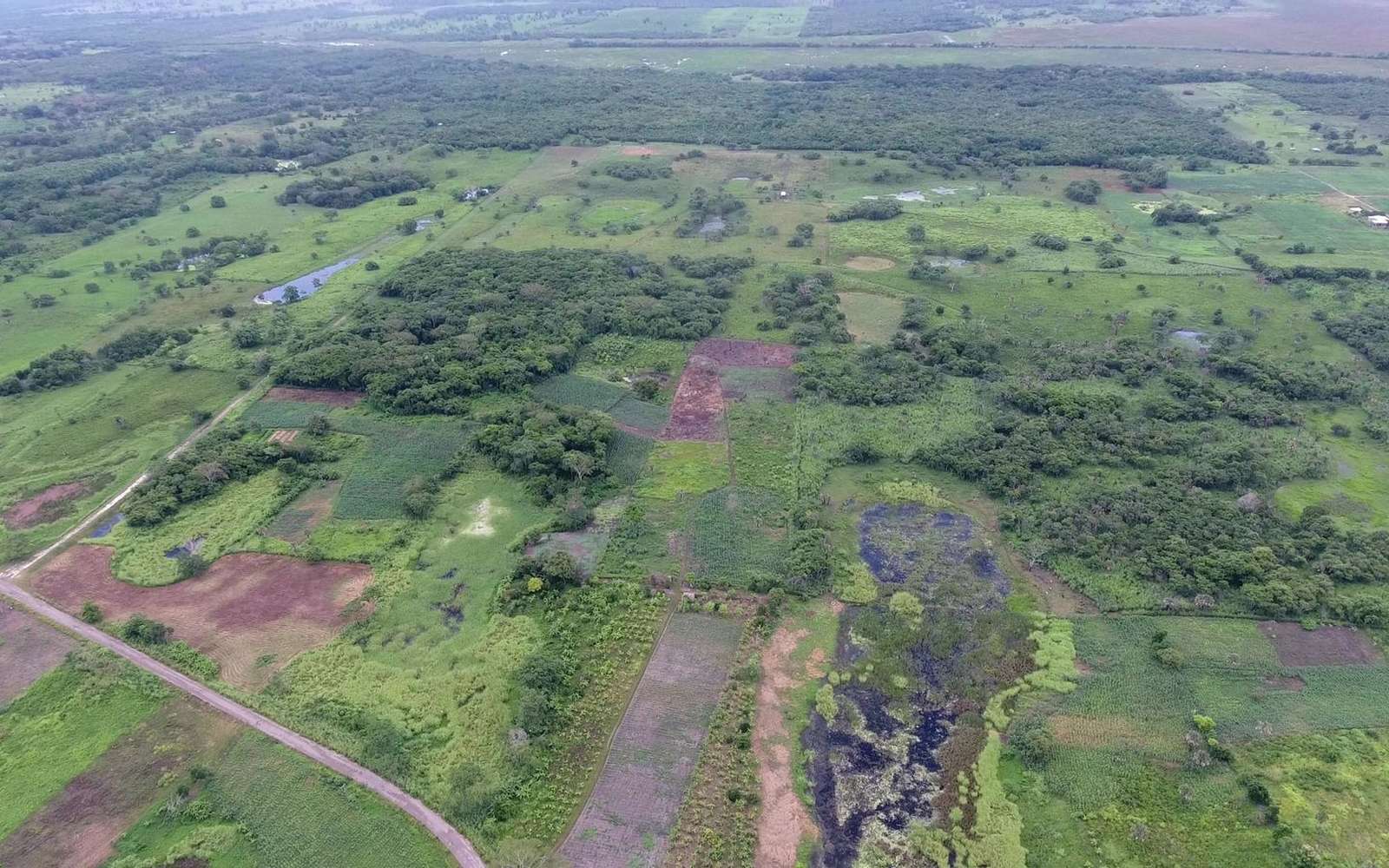Using Lidar technology, the researchers uncovered a new Mayan structure, the oldest and largest discovery to date. This teaches us more about the evolution of this civilization and its social organization.
Laser remote sensing still has a bright future ahead of it. Also known by the abbreviated name of Lidar (acronym for laser detection and ranging ), it has been used for more than 50 years in fields as vast as art , seismology , the automobile or even archeology. In 2017, it uncovered the Mayan site of Aguada Fénix, in Mexico, the largest and the oldest ever discovered. Led by researchers Takeshi Inomata and Daniela Triadan, researchers at the University of Arizona, the team behind the discovery has since carried out significant excavation and dating, revealing that this important site cult would have been built almost three millennia ago, between 1000 and 800 BCE.
” [The region where the site is located] is developed,” says Takeshi Inomata . It is not the jungle; people live here, but this site remained unknown as it is flat and extensive. It just looks like a natural landscape. But, with the Lidar, it appears as a well studied form. The importance of this structure in the history of the Mayan civilization is not the least, he explains. It indeed offers new keys to understanding the appearance and development of the Mayan civilization, a subject still widely debated today, and its social organization at its beginnings. A new study published in the journal Nature reports their latest findings.

An egalitarian society
Aguada Fénix has several similarities with the Olmec city of San Lorenzo Tenochtitlán, considered by some to be the oldest urban center ever discovered in America. Nevertheless, certain differences inform the researchers about how the social organization of the two sites differed.
While gigantic stone heads (an example of which can be seen today in the gardens of the Quai Branly museum) adorned San Lorenzo, the absence of sculptures depicting leaders or members of the elite at Aguada Fénix seems to suggest a a more egalitarian society, at least at the beginnings of Mayan civilization.
” There has always been a debate as to whether the Olmec civilization had led to the development of the Mayan civilization, or whether the Mayans had developed independently ,” specifies Inomata. Our study therefore focuses on a key area in between. “
